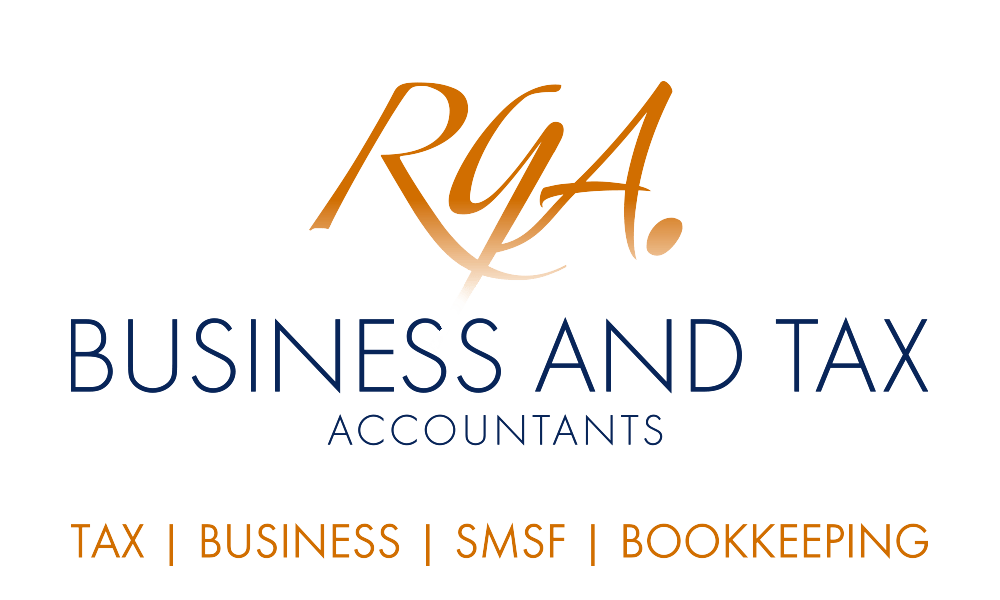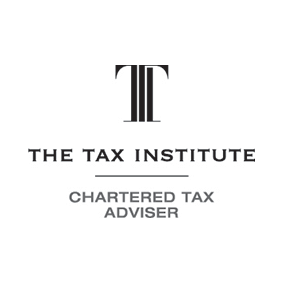Whistleblowers in Australia are about to get more robust protection. In this two-part look at the new legislation introduced by the government, the implications of changes in whistleblower protections under corporations law will be examined firstly. While the introduction of the completely new whistleblower protections under the taxation regime will be examined in part 2.
Currently, Australia's corporate whistleblowing regime has significant gaps in protection. Whistleblowers have to navigate a maze of different laws to find out whether they are protected from civil or criminal liability and/or victimisation. For example, no statutory protection exists for whistleblowers who report conduct in breach of consumer credit laws; and the coverage for disclosures concerning corporate corruption, bribery, fraud, money laundering, terrorism financing and other serious forms of misconduct are either scattered between various Acts or are unavailable.
The protection that does exist has also been criticised as being limited and overly complex. Specifically, to qualify for protection as a whistleblower under the current regime, individuals must be a current officer/employee/contractor of the company in question. This raises issues where past officers/employees/contractors make appropriate disclosures and are not afforded protections as they do not qualify as a whistleblower.
In light of these criticisms, the government has introduced legislation to consolidate the existing piecemeal whistleblower protections into a coherent and complete set of protections. The new legislation seeks to cover all regulated entities and expand the definition of a qualifying disclosure to include misconduct, contravention of any law administered by ASIC and/or APRA, any conduct that represents a danger to the public or the financial system, or an offence against any law of the Commonwealth that is punishable by imprisonment for a period of 12 months or more.
In addition, under the new legislation, eligible whistleblowers are defined as any individual who is or has been in a relationship with the entity about which the disclosure is made. This takes the motivation and currency of the relationship of the whistleblower out of the equation and enable a wider range of individuals to qualify as whistleblowers.
The new regime also allows for a category of "emergency disclosure" to a member of Parliament or a journalist in certain circumstances, which is not permitted under the current regime.
The level of protection has also been strengthened under the introduced legislation including:
- no longer requiring whistleblowers to identify themselves when making a disclosure and ensuring relevant persons cannot the required to disclose the identity of a whistleblower to a court or tribunal without a court order;
- information disclosed cannot be used as evidence against whistleblowers in a prosecution;
- adding a civil penalty option for prosecution in relation to victimisation;
- providing that generally a court may not make a cost order against a whistleblower seeking remedies for victimisation; and
- require public companies, large proprietary companies and registerable superannuation entities to have whistleblower policies and make them available to their officers and employees.
Beware though, if you're thinking of becoming a whistleblower, these protections have not yet passed Parliament and are not yet law, so you will still have to wade through the existing law to find out how you are protected. Once Parliament passes the legislation, these consolidated and strengthened protections will apply to disclosures made on and from 1 July 2018.
Want to find out more?
Stay tuned for Part 2 where we look at the whistleblower protections for people who disclose information to the ATO on tax avoidance behaviour and other issues.










